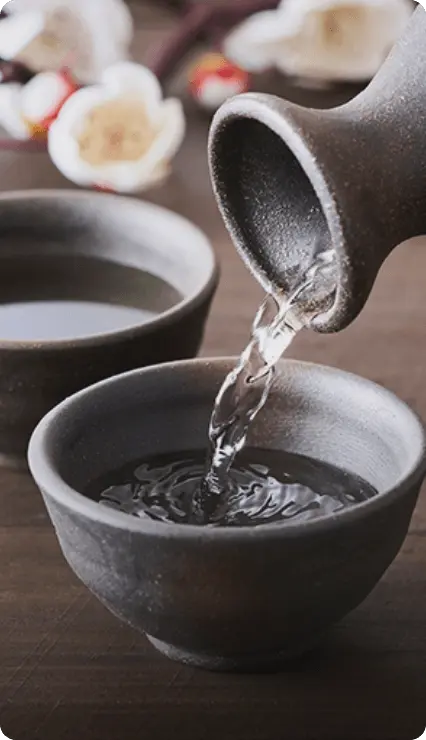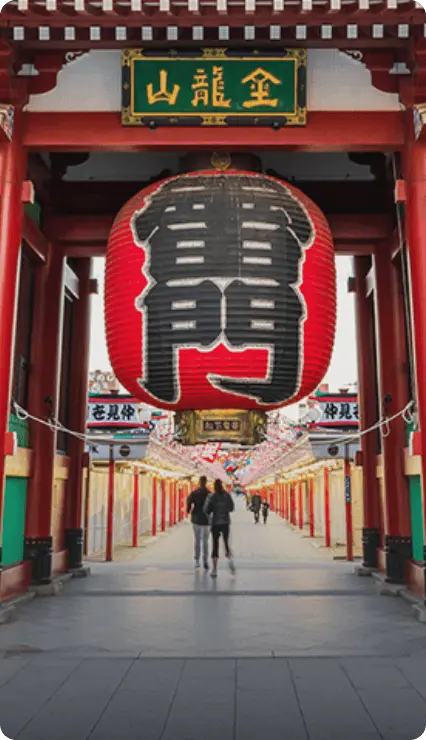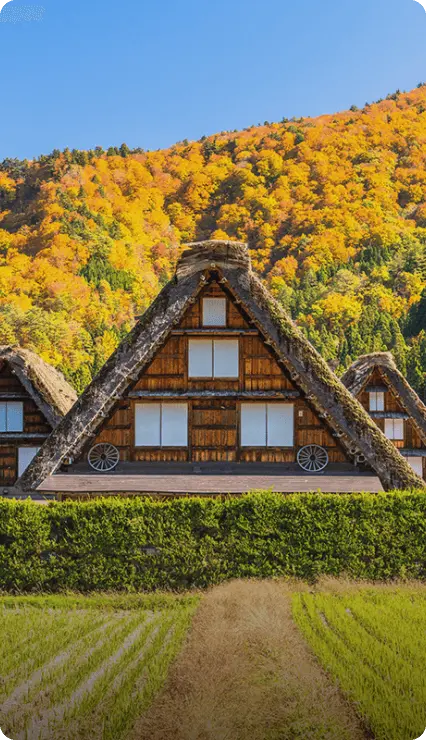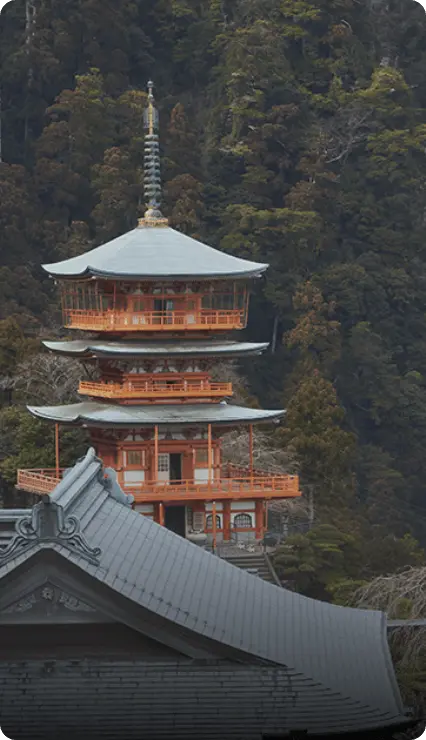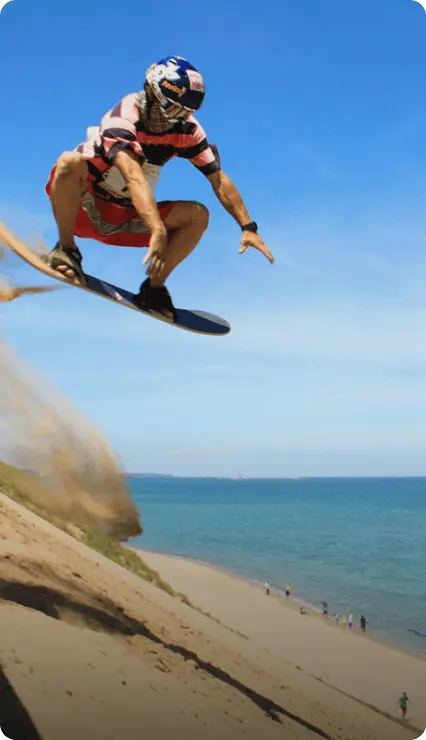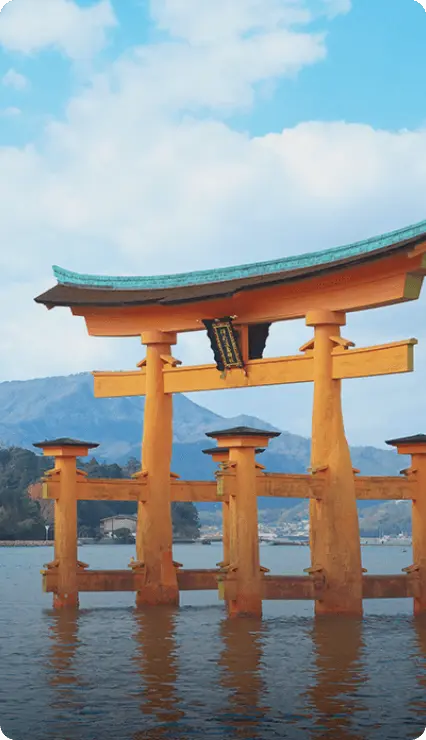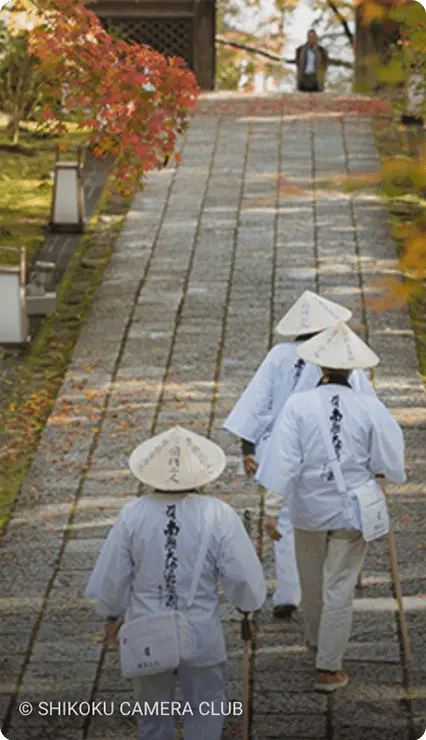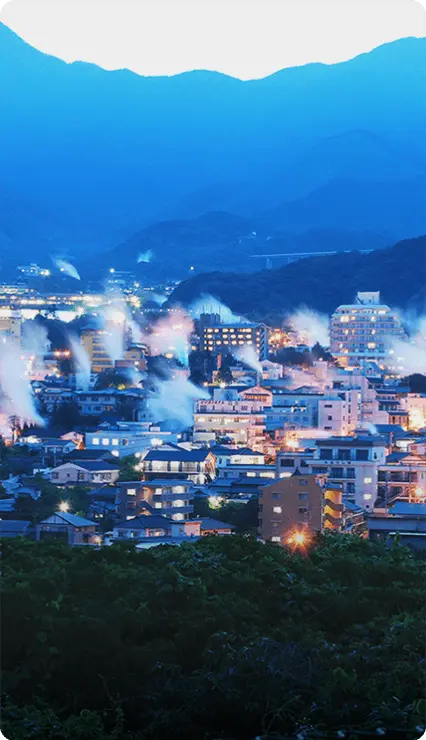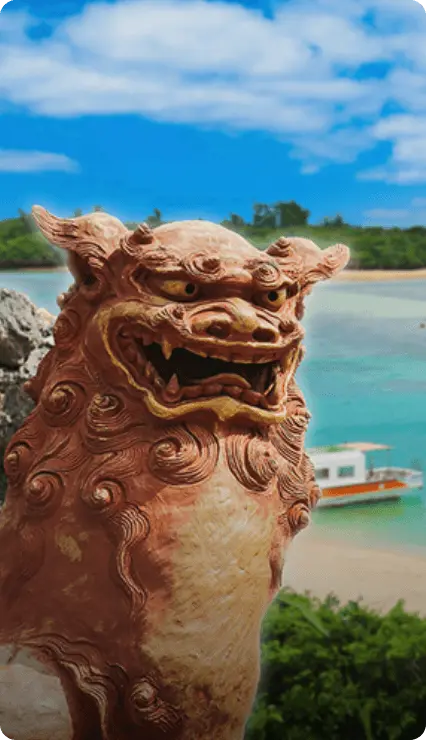A natural balance: Local culture and endemic wildlife in northern Okinawa Main Island

Produced for Japan National Tourism Organization by

Please always refer to the latest government advice before booking travel and departing on any trip.
-
Whether kayaking amongst the mangroves, relaxing on idyllic beaches or joining in the local festival, Okinawa provides visitors with a serene return to nature.
-
Okinawa is Japan’s southernmost prefecture. Once an independent Ryukyu Kingdom, this beautiful chain of subtropical islands has its own traditions of dance, crafts, music, and karate. The ancient forests in northern Okinawa Main Island and Iriomote Island are home to numerous endemic species, and in 2021 their ecological significance was recognised as a Unesco Natural World Heritage Site.
Okinawa Main Island lies 1500km southwest of Tokyo, or 1200km from Osaka. Visitors fly into the bustling prefectural capital of Naha, the hub for transportation, shopping, and nightlife. For those in search of secluded beaches, quiet coastal villages or wildlife, the key is to rent a car and head north. Northern Okinawa has two main areas, the Motobu Peninsula that juts out from the northwest coast, and the forested Yanbaru region further north.
-

Nik Brogan is an adventure guide who introduces visitors to the beauty of the area through various water-based activities such as kayaking, river trekking, and snorkeling. You can often find him in his kayak weaving amongst the mangroves near the mouth of the Gesashi River. “This is a unique environment where the freshwater meets the ocean. You see a diverse range of animals amongst the mangrove’s aerial roots. As I paddle, I’m always on the lookout for mudskippers, fiddler crabs, and the blue flash of an iridescent kingfisher.” Originally from South Devon in the United Kingdom, Nik lived first in mainland Japan, then in 2016 moved to northern Okinawa. “For me, the Yanbaru region is the perfect place to visit or even live and bring up kids away from city life.”
Okinawa is well known for producing tropical fruits including mangoes, pineapples and the local citrus fruit shikuwasa. The Nakayama Farm, nestled amongst the hills of the Motobu Peninsula, is unusual in that its owner Kishimoto Tatsumi chose to follow his dreams and grow coffee. In the winter months, visitors can see around 2000 trees plump with red coffee cherries, but it is possible to taste the fruits of Kishimoto’s labor all year round. The roasted beans produce a flavorful coffee, while the dried pulp of the cherry is used to make a delicate tea.
-

Further west, at the tip of the Motobu Peninsula is the tiny village of Bise. Tall, leafy, fukugi trees line the narrow roads, and ring each traditional home. The fukugi trees provide shade in the summer, and act as vital windbreaks when typhoons arrive. You can rent a bicycle to explore, or simply relax on the sandy beach that runs the length of the village. Bise is a popular spot with snorkelers and divers, and the numerous tidal pools allow non-divers glimpses of gobies, anthias, blennies, and coral-crunching parrotfish. The beach at Bise faces southwest, and is a perfect spot to enjoy the glorious Okinawan sunsets.
-

On a hilltop just a little further along the coast are the ruins of Nakijin Castle. In the 14th Century, Okinawa was divided into three principalities, and Nakijin Castle was the fortress of the northern king. Today the ruins are recognised as one of the Unesco World Heritage Cultural sites of the Ryukyu Kingdom, and the commanding views of the ocean and surrounding forests are as impressive as they were centuries ago. The castle grounds are filled with cherry trees which, due to Okinawa’s subtropical climate, bloom between mid-January and mid-February. Okinawans are more than happy to celebrate hanami (cherry blossom viewing) while the rest of Japan is still in the depths of winter.
-

©OCVB Descending from the castle and travelling further up the coast you reach the village of Ogimi. Beside the road is a stone monument with a declaration of longevity. The locals believe that at 80 years old you’re ‘still a child’, and if death comes to visit you at 90, send him away until you’re at least 100. The large number of centenarians in Okinawa could be attributed to many factors, including social connections, healthcare, climate, exercise, and diet.
Emiko Kinjo runs the restaurant Emi no Mise in Ogimi, and the foundations of her menu are the local vegetables traditionally grown by elderly Okinawans in their gardens. The ingredients are seasonal, and delicacies include sweet potatoes, green papaya, goya, and varieties of seaweed. You’ll need to reserve in advance, but Kinjo also prepares bento boxes for those who would like to picnic on one of the area’s idyllic beaches.
Nearby at the Bashofu Center, artisans weave a lightweight cloth from banana fibre. The process of harvesting the stalks, stripping fibre, creating threads, dyeing and weaving is laborious, but it produces a fabric so fine that it was used for the kimonos of Ryukyu nobility. Okinawa’s climate may at times be hot and humid, but mother nature provides the locals with the resources to beat the heat.
Travelling inland from the coast you enter the Yambaru National Park, a Unesco Natural World Heritage Site. The ancient forests are home to endemic species such as the Okinawa woodpecker, Ishikawa’s frog, and the Yanbaru long-armed scarab beetle. The area’s most famous and beloved resident is the Okinawa rail, a flightless bird not much bigger than a pigeon. It was only described by scientists in 1981, and remains extremely rare, with its habitat restricted to just the northern tip of Okinawa Main Island. If you’re hoping to spot one yourself, the best chance is to be riverside in the early morning or dusk when the birds emerge from the dense forest to bathe and drink.
-

On the east coast, near the northern tip of Okinawa, is the tiny village of Ada. Here, you can find the gallery and home of Ichiro Kikuta, a birding guide and wildlife artist inspired by the natural world. His recent work is a series of traditional Japanese byobu screens created with handmade washi paper on a cedar frame, and decorated with black ink designs of Yanbaru wildlife. “I’ve recently been drawing the Ryukyu scops owls, sandpipers, ospreys and cormorants. I always draw native species, most are white or with pale colors, so although hibiscus and bougainvillea are bright and colorful, my pictures focus on the more subdued local species.”
The local communities in northern Okinawa embrace their connections with nature and people through festivals all year round. In May, hundreds of brightly coloured koi carp streamers are hung across the Oku River to celebrate Children’s Day. In summer, children and adults perform eisa dances, beating drums and singing to remember their ancestors. At the Shinugu Festival, the men wear crowns of leaves as they climb the local peak, while in Ogimi the entire village celebrates with prayers, songs and dragon boat races.
Those who live in northern Okinawa are proud of their home. They embrace the natural world, celebrate local culture, and happily share such joys with those who visit.
Okinawa
Far to the south of Japan's main islands, Okinawa is truly unique. The subtropical climate makes for incredible beaches and diverse flora and fauna, and this small island chain has developed a unique culture of its own.

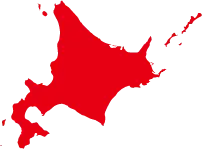



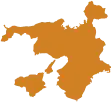






Hokkaido

Tohoku

Greater Tokyo

Central Japan

Kansai

San'in

Setouchi

Shikoku

Kyushu

Okinawa






